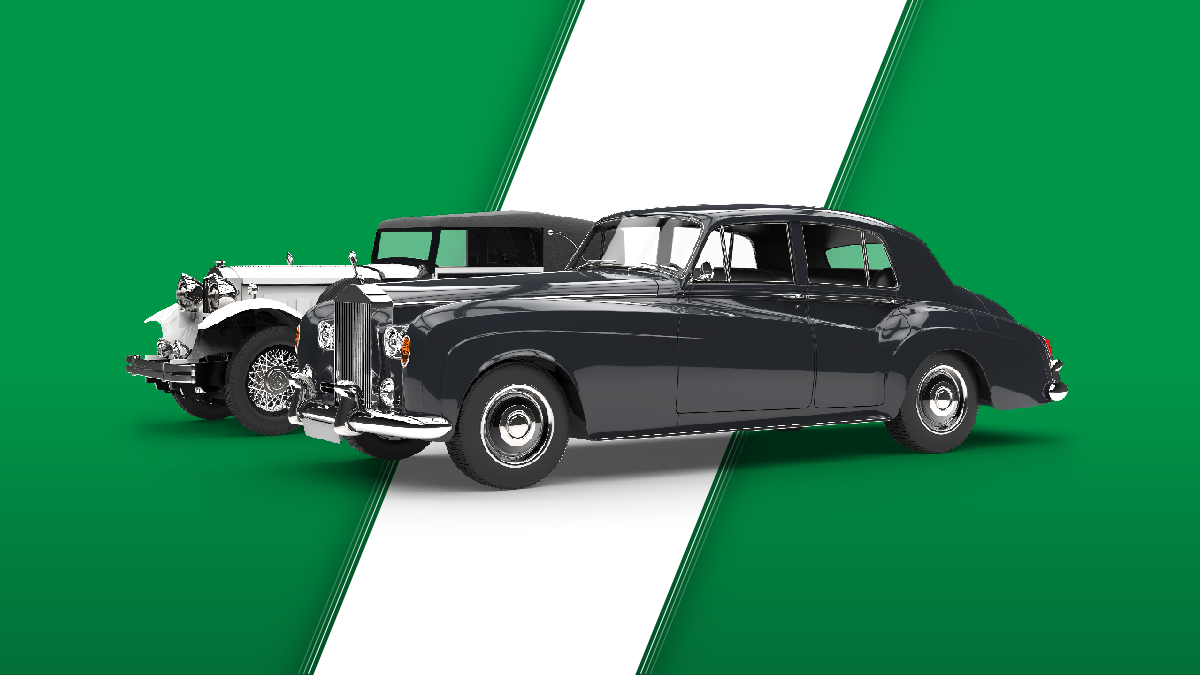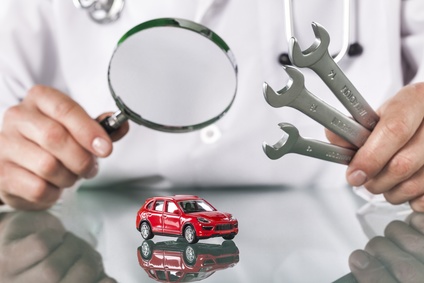A vehicle identification number, or VIN, is a 17 – digit unique number used in the automotive industry to identify motor vehicles. A VIN is not a randomly generated number, in fact, it contains a coded description of the vehicle, including the manufacturer, year and place of production, and some of the vehicle’s characteristics. This specific car code is sort of like a fingerprint for automobiles because you will never find two different vehicles with identical VINs. They help to keep track of problems, ownership changes, and prevent fraud.
VINs were first used in 1954 in the United States. From 1954 to 1981, there was no accepted single standard for VINs, so different manufacturers used their own system to stamp cars with unique identification numbers. Typically, states used the engine number to register and title cars and trucks which became a problem if the engine was replaced, which was common at the time. Then in 1981, the United States Department of Transportation created a consistent, unified VIN system, which is still relevant today.
Unfortunately, since most old cars do not have the necessary records that are normally found in ClearVin reports, we cannot provide them. Generally, it can be pretty hard to get a history of a vehicle made before 1980. For now, the best sources of information regarding vehicles with old VINs are the original manufacturer and state DMV. It can be a great way to discover vehicle specifications and other interesting facts about your car.
Be ready, very specific information about your vehicle may be required to obtain a VIN history report. Prior to contacting the manufacturer, such as Ford, Chevrolet or Dodge you should gather all materials about the vehicle, such as the make, model, manufacturing location, etc. What might you get in return? The manufacturer will provide you with vehicle specs by VIN and safety recall information.
But if that’s not enough for you and you would like to get a history of the car, the Department of Motor Vehicles (DMV) would be your final shot at the information you seek. State DMVs have many years of records on vehicles and can do a search to provide you with the requested information. However, it’s necessary to contact the DMVs of all states where the vehicle may have been registered to get the whole picture.
Also, if you have a standardized 17- digit VIN you are always welcome to run a vehicle history report through ClearVin. Don’t forget to run a vehicle lookup by VIN on any car you’re considering purchasing, as it can reveal important information about the car’s past. You’ll get results instantly: fast and easy.









6 comments
Sweet website , super pattern, real clean and employ friendly.
Like!! Really appreciate you sharing this blog post.Really thank you! Keep writing.
Great blog right here! Also your site rather a lot up very
fast!
Great job but what were vin called before 1981, just id numbers?
Hi Emma,
Thanks for reading our blog!
We do appreciate your interest, VINs were first used in 1954 in the United States, though from 1954 to 1981, there was no accepted standard for these numbers, so different manufacturers used different formats. Also, some vehicles have only a serial or engine number.
Have a nice day!
All the comments made me chuckle and picture a chinese click factory offering absolutely no substance or evidence they actually read the article.
If USA used engine numbers prior to 1980 what sid Canada use?